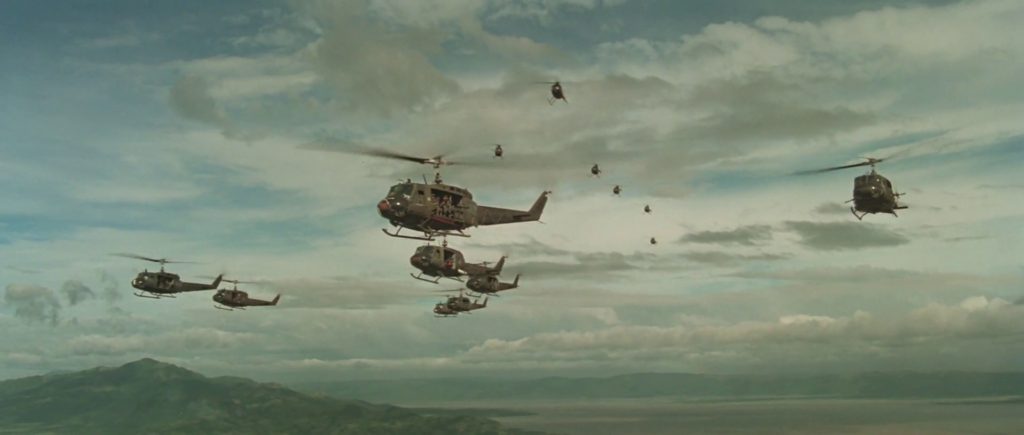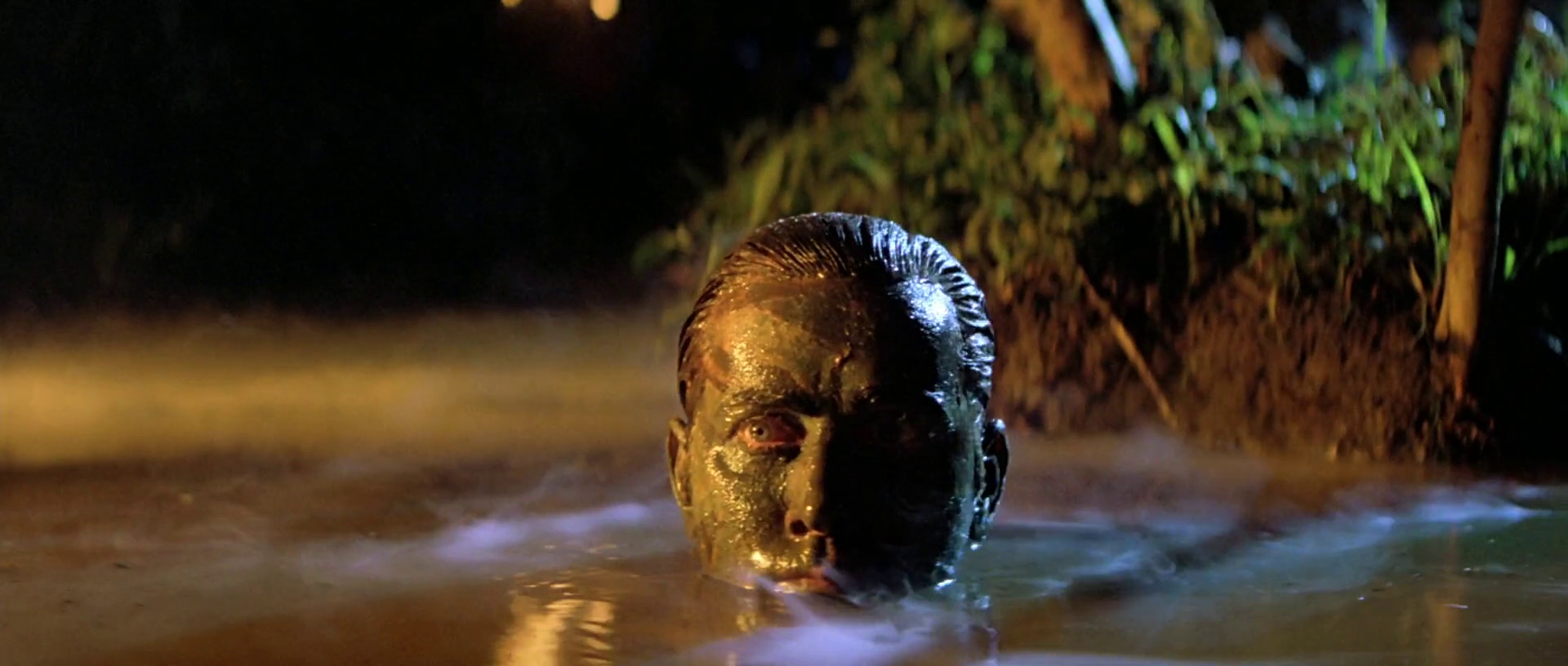If I say it is fun to watch this final cut, it is fun to watch this final cut!
Apocalypse Now, one of the greatest and most influential American films ever made, has been re-released to the public for a third time.
The movie and its famously troubled production are the stuff of legends. Hollywood genius Francis Ford Coppola endured madness to bring the world his masterpiece.
Adjusted for inflation, the film cost 200 million dollars, much of it Coppola’s own fortune, putting him into debt.
He lost 100 pounds and had a heart attack on set. Nobody wanted to be in his film, so it starred B-listers and kids. Marlon Brando showed up on set overweight, and the problems go on.
This re-release comes after 2001’s Apocalypse Now Redux and the original 1979 theatrical release. The newest version, Apocalypse Now: The Final Cut clocks in at three hours, and is between the first two films in terms of length. Redux runs three and a half hours, compared to the original two and a half.
The story remains largely based off the classic English novel Heart of Darkness by Joseph Conrad. Captain Willard (Martin Sheen), an alcoholic, divorced ex-CIA army man, sets out from Saigon, Vietnam on his second tour.
He is given a special mission on his departure to find a rogue army general, Colonel Walter E. Kurtz (Marlon Brando), and “terminate his command with extreme prejudice.”
Then Willard gets on a boat with a group of other military types and travels to the proverbial gates of hell. His fellow crewmen range from stern and disapproving, to drugged up beyond having any clue of where they are.
Willard’s encounters up the river range from the surreal to everyday tigers. When he eventually finds what he’s looking for, he learns a new meaning of the word “horror.”
Between three cuts, the largest differences are in the second act as Willard travels up the river, and to what degree the film uses some of the scenes deleted from the original’s massive amount of film shot.
The central difference is the French plantation scene. There are no plantation scenes in the original. It gives the film an opportunity to have a romantic interlude as Willard has a brief affair with the daughter of the plantation owner after the funeral of a crew member. In the Redux, these scenes run about 15 minutes longer than The Final Cut.
The Redux cut had many people up in arms about how blasphemous these scenes were, with many calling them boring and digressive. The Final Cut strikes a better balance. The segment is shortened up a bit and flows better.
It gives Willard a human interaction and another face to his character before he goes to confront Kurtz.
Most importantly, it gives the film a speaking female character. That is a pretty low bar for representation; however, this is a movie about the war in Vietnam. It was a predominantly masculine affair, so it follows that women aren’t at the heart of this darkness.
But having even one speaking secondary female character makes a big difference in making the film age better.
The daughter is a seductress and gives Willard relief from the bitter resentment he feels in life. She isn’t well-developed or a central figure, but she isn’t a waif or a sexual object either.
She, like everyone in the film is a character built around the two centrepieces. It’s not a movie about her. At least she is there and it is intentional and noticeable, which speaks to the way Coppola viewed cast.
Other changes are subtle: a couple of added bridges between scenes, extra establishing shots. The conclusion of the film from the time Willard arrives at Kurtz’s camp to the moment the credits roll is almost the exact same.
Because of the deep pop culture canonization and the endless study of the film, nothing important, including key, oft-quoted pieces of dialogue, are changed.
For example, the line “I love the smell of Napalm in the morning” and its accompanying famous monologue remain unchanged, as is every other line from the original theatrical release.

The best part of the re-release is watching it in theatres. Being born in 1996, I never had the chance, but now that I got that chance, it did not disappoint. The booming score of the “Ride of the Valkyries,” the whir of helicopters, The Doors’ “The End” playing in the background were all enhanced by the big screen experience.
The widescreen visuals are equally impressive and shot with such richness. It begs asking if there is another director with such understanding of depth, texture and taste as Coppola?
From flare smoke to sand to the thick jungle, not only is the film perfectly lit and coloured, you feel like you can touch it.
Coppola in his prime, understood exactly what colouring each scene meant and showed the audience. Apocalypse Now is a voyage into the very heart of your own humanity, with Coppola as your tour guide.
It’s such a beautiful technical masterpiece of cinema, so rare and refined. In the words of the director himself: “My film isn’t about Vietnam, my film is Vietnam.”
Feature image: screenshot.




